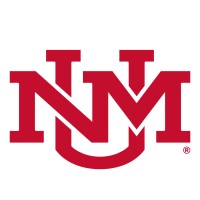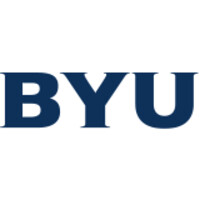Company Cyber Security Posture
NANA
NA Company Details
NA
NA
NA
NA
NA
NA
Scan still pending
NA
NA
Between 200 and 800
This score is AI-generated and less favored by cyber insurers, who prefer the TPRM score.
 NA Global Score
NA Global Score.png)

Company Scoring based on AI Models
| Model Name | Date | Description | Current Score Difference | Score |
|---|---|---|---|---|
| AVERAGE-Industry | 03-12-2025 | This score represents the average cybersecurity rating of companies already scanned within the same industry. It provides a benchmark to compare an individual company's security posture against its industry peers. | N/A | Between 200 and 800 |
Company Cyber Security News & History
| Entity | Type | Severity | Impact | Seen | Url ID | Details | View |
|---|
Company Subsidiaries

NA
Access Data Using Our API

Get company history
.png)
NA Cyber Security News
World's smallest microphone barely visible to naked eye
An Iranian researcher claims to have built the world's smallest capacitor microphone, measuring just half a millimeter squared.

NA Similar Companies

Rutgers University
Rutgers, The State University of New Jersey, stands among America’s highest-ranked, most diverse public research universities. The oldest, largest, and top-ranked public university in the New York/New Jersey metropolitan area, you’ll find us at our main locations in three New Jersey cities, and our

University of California, Davis
UC Davis was founded in 1908 to serve the state of California. We do and we always will. Today, that seed planted years ago has grown into one of the world’s top universities. UC Davis has a community of faculty and staff who are leading the way in teaching, research, public service and patient car

Baylor College of Medicine
Baylor College of Medicine is a health sciences university that creates knowledge and applies science and discoveries to further education, healthcare and community service locally and globally. Located in the Texas Medical Center, Baylor College of Medicine has affiliations with eight teaching hosp

The University of New Mexico
Founded in 1889, The University of New Mexico now occupies 600 acres along old Route 66 in the heart of Albuquerque, a city of more than 700,000 people. From the magnificent mesas to the west, past the banks of the historic Rio Grande to the Sandia Mountains to the east, Albuquerque is a blend of cu

Brigham Young University
We believe a world yearning for hope and joy needs the graduates of Brigham Young University—disciples of Jesus Christ who are driven by love for God and His children and who are prepared to serve and lead. This preparation demands a unique university model: at BYU, belief enhances inquiry, study am

Boston University
Boston University is one of the leading private research and teaching institutions in the world today, with three primary campuses in the heart of Boston and programs around the world. Boston University was chartered in 1869 by Lee Claflin, Jacob Sleeper, and Isaac Rich, three successful Methodist

Frequently Asked Questions
Explore insights on cybersecurity incidents, risk posture, and Rankiteo's assessments.
NA CyberSecurity History Information
How many cyber incidents has NA faced?
Total Incidents: According to Rankiteo, NA has faced 0 incidents in the past.
What types of cybersecurity incidents have occurred at NA?
Incident Types: The types of cybersecurity incidents that have occurred include .
Additional Questions
What Do We Measure?
















Every week, Rankiteo analyzes billions of signals to give organizations a sharper, faster view of emerging risks. With deeper, more actionable intelligence at their fingertips, security teams can outpace threat actors, respond instantly to Zero-Day attacks, and dramatically shrink their risk exposure window.
These are some of the factors we use to calculate the overall score:
Identify exposed access points, detect misconfigured SSL certificates, and uncover vulnerabilities across the network infrastructure.
Gain visibility into the software components used within an organization to detect vulnerabilities, manage risk, and ensure supply chain security.
Monitor and manage all IT assets and their configurations to ensure accurate, real-time visibility across the company's technology environment.
Leverage real-time insights on active threats, malware campaigns, and emerging vulnerabilities to proactively defend against evolving cyberattacks.




